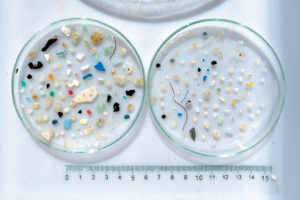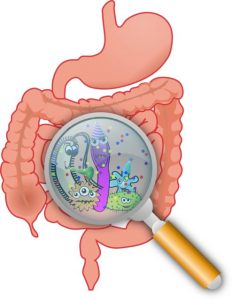Background
Pancreatic cancer is very deadly, with low survival rates, largely attributed to the fact that it does not present clearly with symptoms until it has reached a more serious stage (Kamisawa et al., 2016). In fact, out of the top 10 cancer-related deaths, pancreatic cancer is ranked number 7 (Khalaf et al., 2021). The pancreas is located near the liver, spleen, and gallbladder; within the abdomen (Fig. 1 Cleveland clinic diagram). It aids in digestion as well as the release of certain hormones. Pancreatic tumors can grow and obstruct the path of bile through the common duct, resulting in jaundice (Puckett, 2024), therefore not only interfering with the aforementioned pancreatic functions, but those of the organs around it. According to the Mayo Clinic, some common symptoms of pancreatic cancer include weight loss, jaundice, back pain, and blood clots.
Continue reading “Is There an Association between Bacteria and Cancer?”




